The community of Loyola House of Studies was gathering for a special outdoor supper when we were shocked into silence by the booming of a great bell in the tower over our heads, tolling slowly the nine rings of “De Profundis,” the Church’s prayer for the dead. Fr. Francisco Montecastro had passed away in the infirmary, a few steps from where we were gathered.
Father “Monte” was ordained into the priesthood in 1968 as social unrest was reaching the boiling point in the Philippines. His first assignment was at the Mindanao Development Center in Davao, a city that was to become a focal point of social unrest and murderous warfare between those who sought to bring about social justice through force of arms and the repressive forces of the state and paramilitary units loyal to then President Ferdinand Marcos. Thus, new to the ministry, he was thrown into uncharted waters in which he learned to deal comfortably with activists of all colors.
Carrying the Gospel message in the midst of conflict was to be the pattern of Monte’s ministry for years to come. After three years in Davao, he was transferred to Kabasalan, Zamboanga del Sur, just as the declaration of martial law precipitated bloody conflict between Muslim and Christian guerrilla forces in the area. On one occasion when Muslim pirates murdered and robbed some Christian fishermen, Monte and Fr. Bob Walsh stood night-guard on the bridge leading to the Muslim villages, to prevent Christians from crossing over and seeking revenge.
And so it went as Monte moved from one hot spot to another: Margosatubig in Zamboanga del Sur, Kalilangan in Bukidnon, back to the Mindanao Development Center in Davao as its director, then Ipil, Naga and Bayog, a small town nestled in a mountain valley, in Zamboanga del Sur.
In 1986 the military and the New People’s Army (NPA) rebels were playing hide-and-seek in the mountains above the town. Fr. Arthur Shea, the parish priest in Bayog, described one incident. There had been word of an encounter in Sigacad, a mountain barrio, but no further news. So Monte went up, 18 kilometers by jeepney, 14 on foot, to find out.
Father Shea recounted what Monte learned: “On Friday morning there was a group of seven NPA near Sigacad. Three were resting in a nipa hut, four had gone on an errand elsewhere and left their weapons with the three. The military came upon them. By accident? Or because of an informant? I am not sure, but it could be the latter. In that ‘encounter,’ one soldier and one NPA were killed. On Saturday and Sunday the military was still around requisitioning food and chickens; a carabao wounded in the encounter was slaughtered. On Monday morning with no NPA in sight, cannons were brought into the action. Ten shells were fired, one was a dud, two of these landed close to the barrio, terrifying the people.
“Late Tuesday afternoon Monte noticed some NPA passing the house. They came back in about an hour. They had executed an informant. She was a woman in her late 20s, the mother of three small children. They left a letter of explanation for the husband and one for the barrio lieutenant. The charge: She had been an informant for three years in the pay of the military. She had been warned three times and had not listened. She was blamed for the death of the NPA on Friday morning. Monte hiked back the 32 km on Wednesday.
“Before he left there was a meeting in the barrio hall. There was a cry that soldiers were approaching. Mothers gathered their little children to run. Monte told them to stay there, he would meet the soldiers. He went out to meet them as they approached. A woman at his side shouted: ‘Ato sila’ (They are ours)! All fear vanished, the meeting went on. Those two words reveal what the people in that barrio think of the military and of the NPA. And this was the morning after the execution of the informant.”
Father Monte distinguished himself in other ways as well, visiting distant barrios, often on foot, driving himself to exhaustion. He was a strong supporter of basic ecclesial communities and of lay participation. But eventually the wear and tear took its toll on him; while stationed in Lumbia, Misamis Oriental, he fell prey to alcoholism. I mentioned this on an earlier occasion with his permission, for we realize now that alcoholism is a disease just as much as a nervous breakdown is, and that the only cure for it is lifelong abstention from alcohol.
In any case, Monte did go away for an Alcoholics Anonymous (AA) program, and returned to Lumbia a new man, remaining four years as parish priest. He went on to initiate AA groups in Mindanao, especially for the Lumad among whom alcoholism was becoming prevalent.
But then came a stroke, an operation on his throat, and some 10 years of speechlessness, confinement to bed, years of being much of the time alone with his God. I am sure that they were years of purification, the setting aside of earthly plans and desires and putting himself in the hands of the Lord—something which was evident in the peaceful smile with which he greeted visitors even when he could not speak.
And so on that evening as the sun went down and the bell tolled, Monte could say with St. Paul: “I have fought the good fight to the end. I have run the race to the finish. I have kept the faith; all that is to come now is the crown of righteousness reserved for me.” (2 Timothy 4:7-8)
Read more: http://opinion.inquirer.net/28665/and-the-bell-tolled#ixzz3NjZzfKx4
